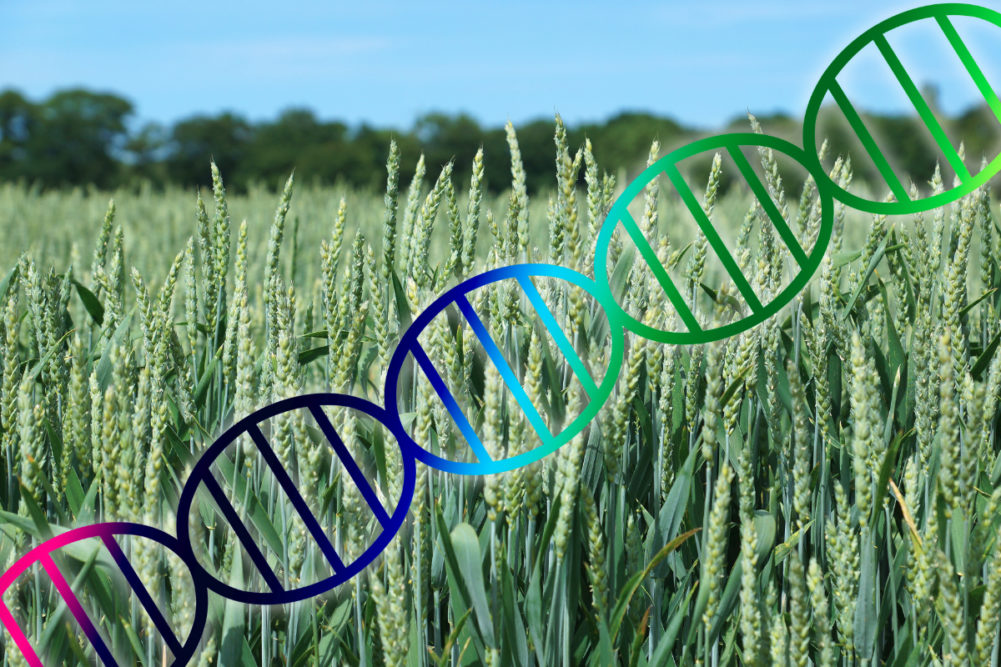In the summer of 2010, a professor in the United Kingdom declared the sequencing of the wheat genome had been completed. Five times larger than the human genome (which had been decoded in 2003), the wheat genome is both vast and complex, making the sequencing a monumental achievement.

It turned out to be a false start. The UK scientists were celebrating early progress in the sequencing effort, and their words had been misinterpreted widely by the media. In fact, a rough draft of the wheat genome was published in 2014, and the International Wheat Genome Sequencing Consortium (IWGSC) published a high-quality sequence of the wheat genome in 2018. The sequence provides a crucial frame of reference for scientists and breeders seeking to understand the precise genetic location responsible for the expression of desirable or unwanted traits.
Even while helping fund scientists’ efforts, the milling and baking industries have kept an arm’s-length distance from the work of the wheat genome researchers. Bikram S. Gill, a professor at Kansas State University in Manhattan, Kansas, US, involved in the wheat genome research, has presented to the Wheat Quality Council, but more often breeders have served as intermediaries between the researchers and the grain-based foods sector.
As a result, many in the industry have little idea what kind of work continues to be done by the IWGSC. Progress to date elevates confidence in what may be possible. For example, scientists have begun sequencing a set of “elite” varieties, 12 or 13 of the varieties considered foundational to many of the varieties in circulation today. The purpose will be to provide even better references for genomic studies, facilitating identification and preservation of traits considered most desirable and then strengthening the diversity of the wheat with other genetic material. Researchers also will look back at ancient landraces, varieties that are thousands of years old, and scavenge them for desirable traits.
Under the leadership of Kellye Eversole, the IWGSC published preliminary research findings steadily over the last 10 years, information breeders said has proven valuable and paid dividends in numerous ways. As a modest example of how the technology is presently used, a breeder said excessive heat has kept stripe rust at bay in Colorado this summer. The high temperatures meant that worsened the condition of the crop and meant breeders had no way to check their test plots for rust resistance. DNA sequencing and the reference sequence allow breeders to confirm which cultivars are resistant, regardless of whether rust damages the sample.
Beyond making their work efficient, breeders are hopeful improvements in yield and quality will make production more profitable for wheat growers, enticing them to continue planting the crop rather than pursuing alternatives. For millers and bakers, breeders believe the advancing technology will result in varieties with more consistent end use qualities. While public breeders focus on developing varieties suitable for large commodity production, public and private breeders are believed to be developing wheat with niche and perhaps more futuristic traits.
Many of the more exciting projects associated with sequencing the wheat genome are still in the toddler stages. More important than ever is minimizing or eliminating the tradeoff between yield and quality. Milling and baking have a tremendous stake in what comes from this research and have every reason to take a seat at the table in this exciting effort.






